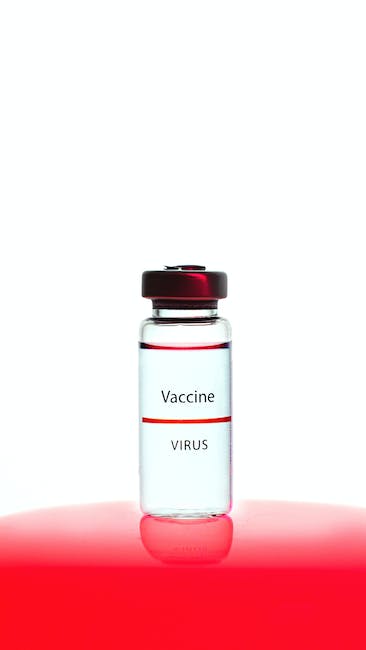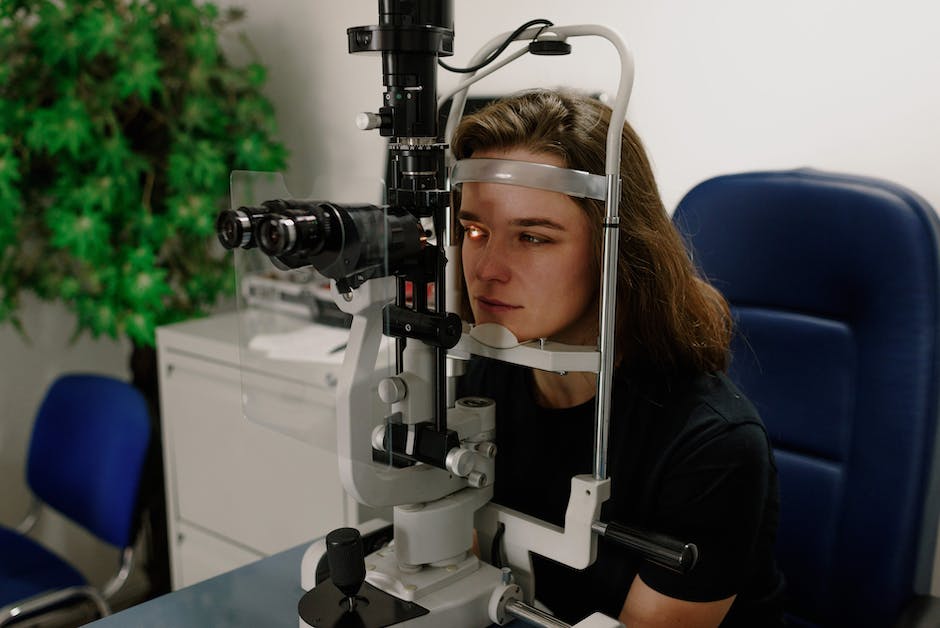
Understanding the Symptoms of Tennis Elbow
If you are experiencing elbow pain, there might be a chance that you are suffering from tennis elbow. The main symptoms of tennis elbow include a gradual increase in pain around your elbow joint, particularly in your forearm muscles. This pain can worsen while performing certain actions such as lifting a cup or twisting a doorknob.
Tennis elbow can also lead to tenderness around your elbow joint, and a weakened grip strength. Additionally, with the aggravation of the symptoms of tennis, there could be an increase in pain and tenderness during the night or right after waking up in the morning.
Causes that Lead to Tennis Elbow
While the condition is most common among individuals who play tennis or other racquet sports, it is not exclusive to such people. The majority of people who get tennis elbow are not athletes but are individuals who put strain on their forearm muscles. This strain could arise from repetitive motions such as using a screwdriver.
Overuse of the muscles and tendons around the forearm area is primarily what leads to tennis elbow. Actions that involve constant turning or gripping can put you at a higher risk of developing this condition. This includes activities such as knitting, painting, or playing musical instruments which stretch the same group of muscles repetitively.

Diagnosing Tennis Elbow: X-Ray or MRI?
To confirm your situation, your doctor may recommend an X-ray or MRI. The X-ray can show if there’s a bone spur present, a clue sometimes seen in tennis elbow. It is significant to note that a normal X-ray result does not always exclude the diagnosis of tennis elbow.
As for magnetic resonance imaging (MRI), it can provide a detailed image of the body’s soft tissues. It helps in ruling out other conditions like arthritis or a torn tendon. Moreover, the more specialized test, electromyography (EMG) can evaluate nerve function and thus exclude nerve compression that can cause elbow pain.

Role of Steroid Injections in Treatment
Steroid injections can serve as one of the treatments for reducing inflammation and pain. Directly injecting the steroid into the painful area around the lateral epicondyle can provide temporary relief.
However, their repeated use has been linked to weaker tendons and greater tendon ruptures. Many experts now recommend steroid injections only with caution, understanding the short-lived benefit and long-term potential risks. They propose the injections be administered along with physical therapy for better results.

Importance of Anti-Inflammatory Medication
Apart from steroid injections, anti-inflammatory medication can alleviate the pain and inflammation caused by tennis elbow. These medications are usually taken orally or applied topically at the site of the pain.
While these can provide immediate relief, they do not treat the underlying issue causing tennis elbow. Hence, it’s critical to identify and eliminate activities causing the strain on your forearm muscles and seek physical therapy.

The Involvement of Physical Therapy
Physical therapy is a significant part of the treatment process. Therapists guide you through several exercises designed to stretch and strengthen your forearm muscles. This helps in reducing pain and preventing future occurrences.
Besides exercise, physical therapists may also employ other treatment modalities. These include manual therapy, ultrasonography, and laser therapy which can help reduce pain and speed recovery.

Tennis Elbow and Preventive Measures
To prevent tennis elbow, one can take several proactive steps. This includes a regular strength and flexibility training of the forearm muscles. Additionally, adopting the correct techniques while playing racquet sports can significantly decrease the risks.
Another helpful tip is to ensure that the equipment used in racquet sports matches the player’s strength and ability. Experts also suggest taking breaks between repetitive tasks and stretches in-between to keep the muscles relaxed.

Summing Up: The Journey from Symptoms to Prevention
Understanding what are the symptoms of tennis elbow, how to diagnose, and choosing the right treatments for tennis elbow including steroid injections, anti-inflammatory medications, and physical therapy are crucial to manage the condition. Moreover, knowing the activities that lead to tennis elbow can help you prevent the condition in the first place.
What are the signs of tennis elbow?
Common symptoms of tennis elbow include pain and tenderness in the outer part of your elbow, particularly in the forearm muscles.
Who is mostly affected by tennis elbow?
Although people who get tennis elbow are typically those who play tennis or other racquet sports, anyone involved in activities that require repetitive arm, elbow, wrist, and hand movement can be affected.
Are steroids necessary in the treatment of tennis elbow?
Application of steroid injections can significantly reduce pain however, their repeated use may result in weak tendons and greater tendon ruptures.
What role does an anti-inflammatory play in treating tennis elbow?
Anti-inflammatory medicines provide temporary relief from inflammation and discomfort.
Is physical therapy beneficial for a tennis elbow patient?
Yes, physical therapy plays an essential role in managing tennis elbow as it improves the strength and flexibility of the forearm muscles.
How does playing tennis lead to tennis elbow?
The repetitive movement of the arm while playing tennis can strain the forearm muscles and tendons, leading to tennis elbow.
What types of scans can diagnose tennis elbow?
Both an X-ray and a magnetic resonance imaging (MRI) can diagnose tennis elbow.
What does an electromyography (EMG) test do?
An electromyography (EMG) test evaluates nerve function and excludes nerve compression that can cause elbow pain.
Are there any preventive measures for tennis elbow?
Yes, undertaking regular forearm muscle training and ensuring the correct techniques while playing racquet sports can prevent tennis elbow.
What kind of lifestyle changes can aid in treating tennis elbow?
Limiting activities that lead to stress on the forearm, taking breaks between repetitive tasks, and adopting proper methods for gripping and lifting can help manage tennis elbow.








No Comment! Be the first one.